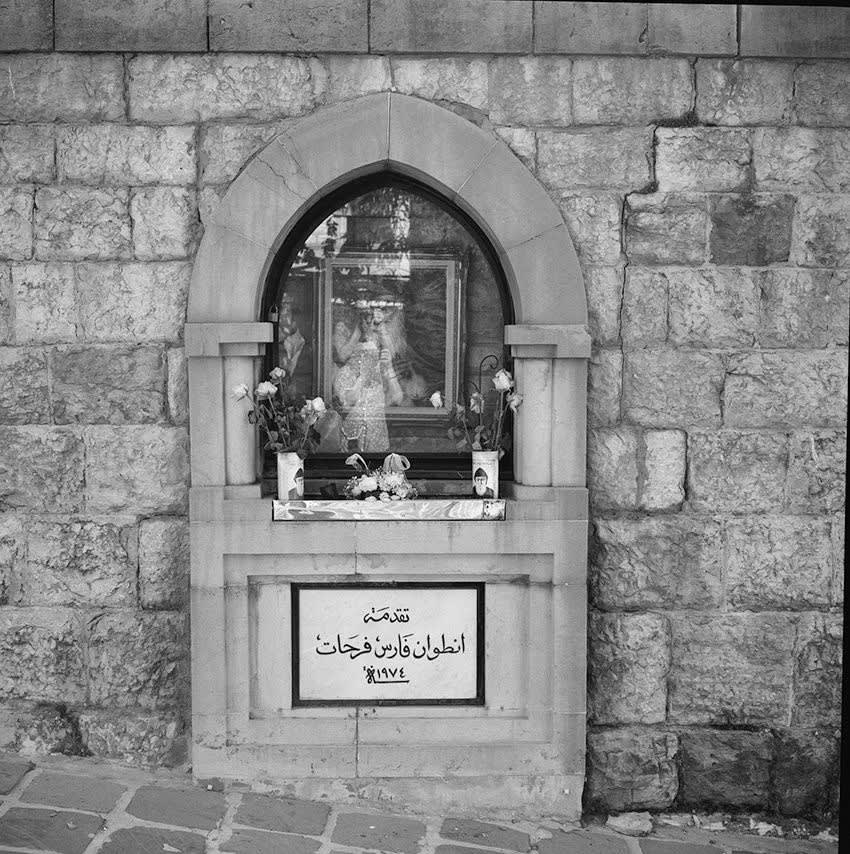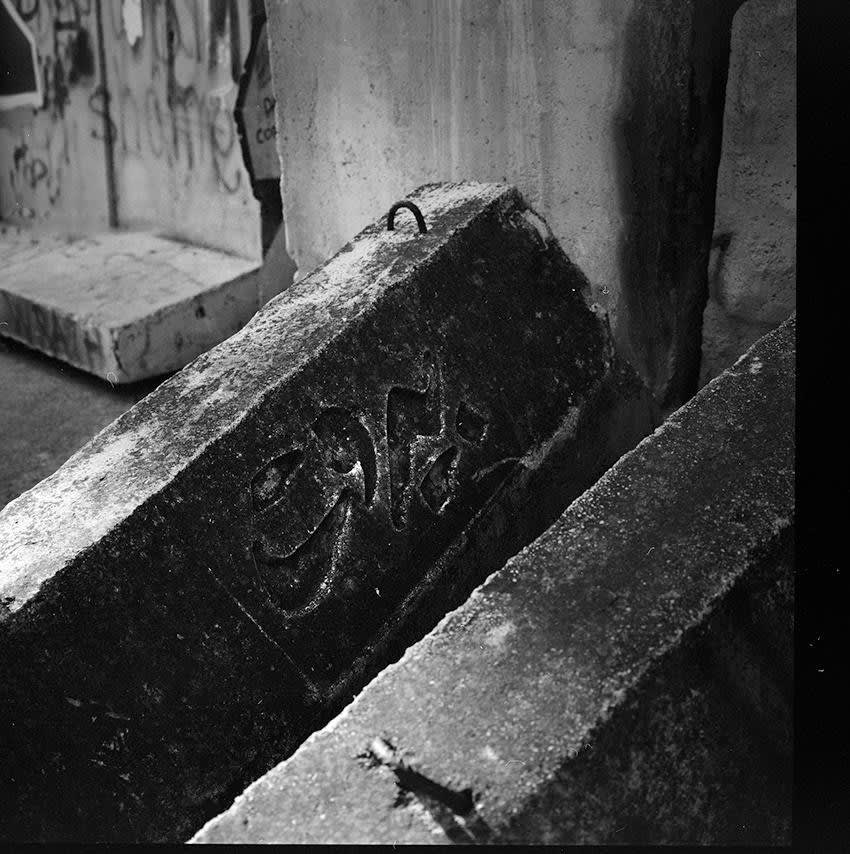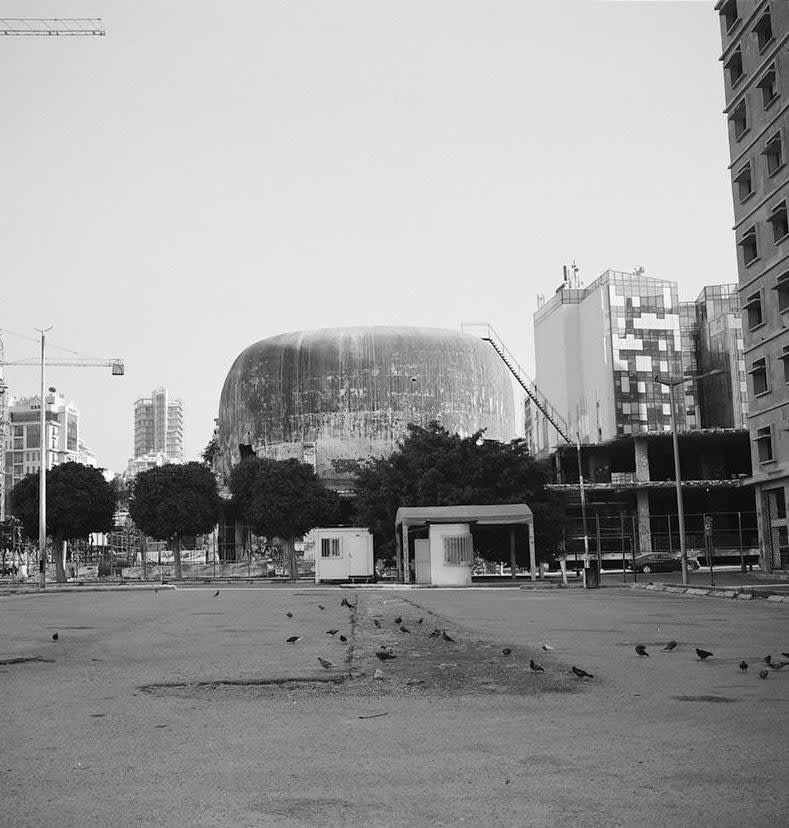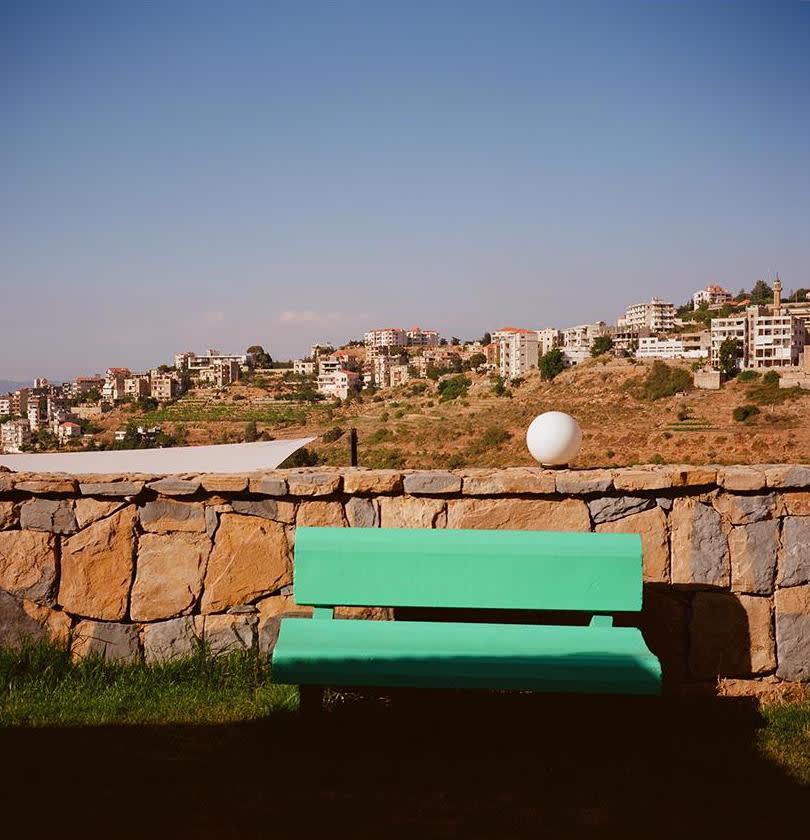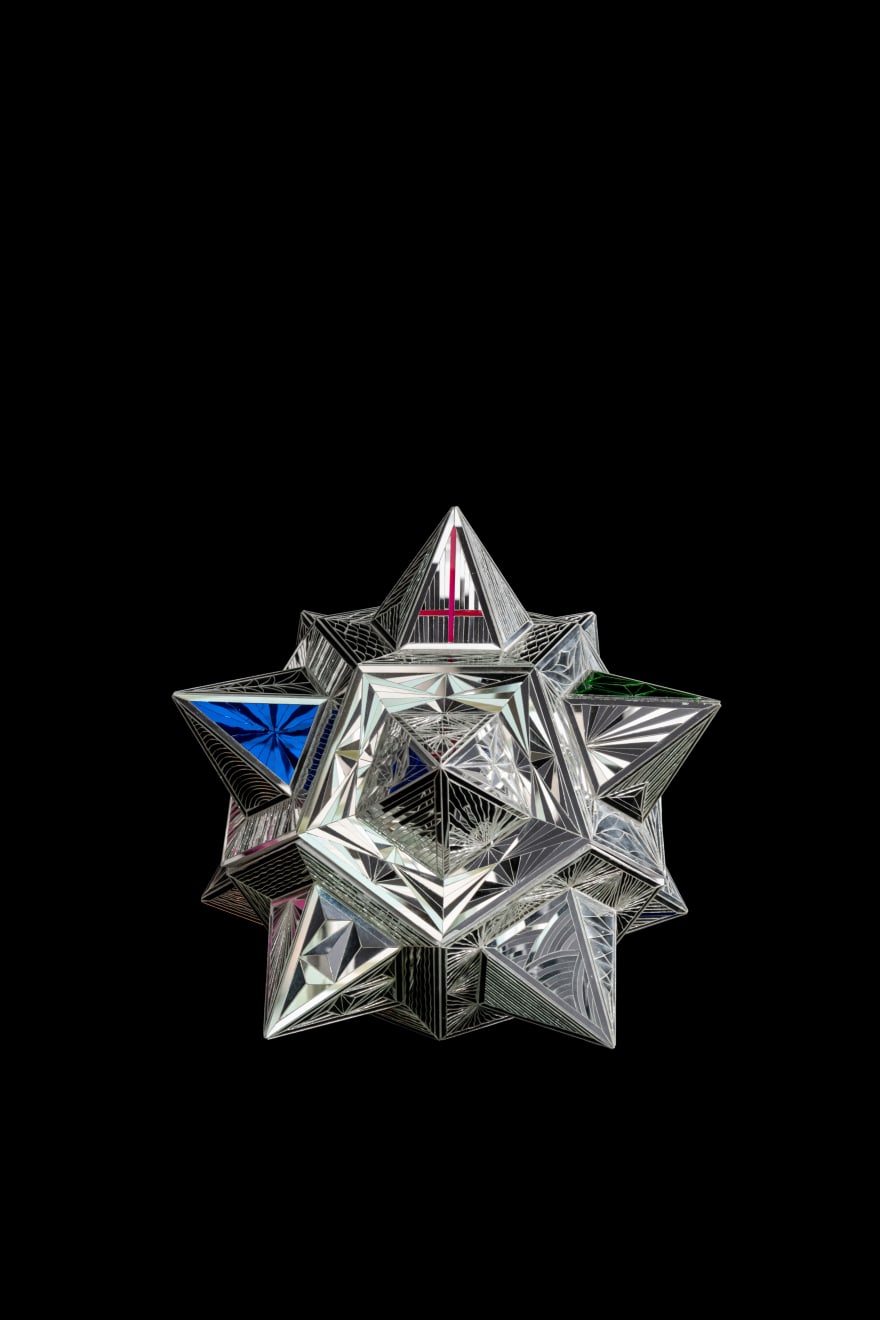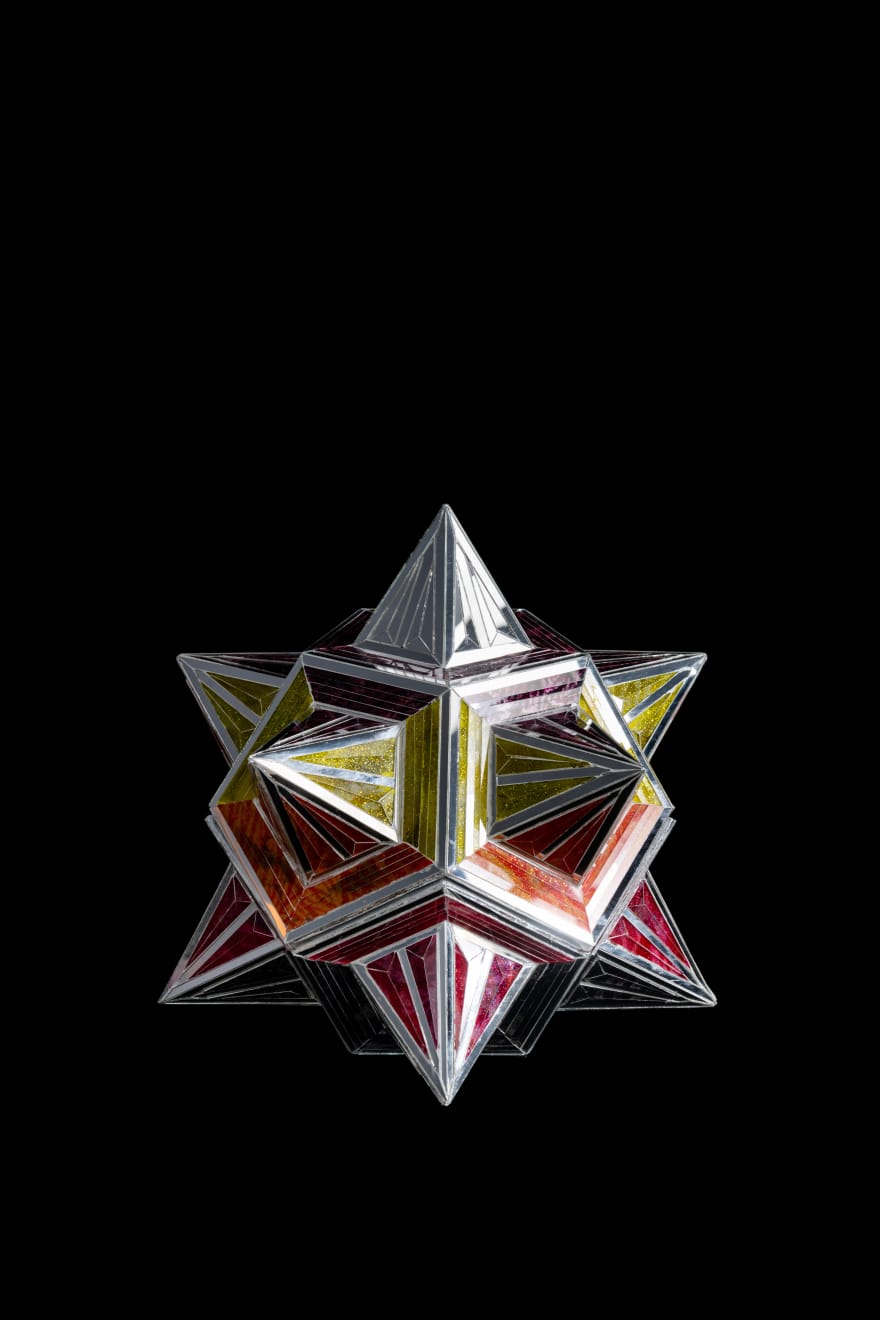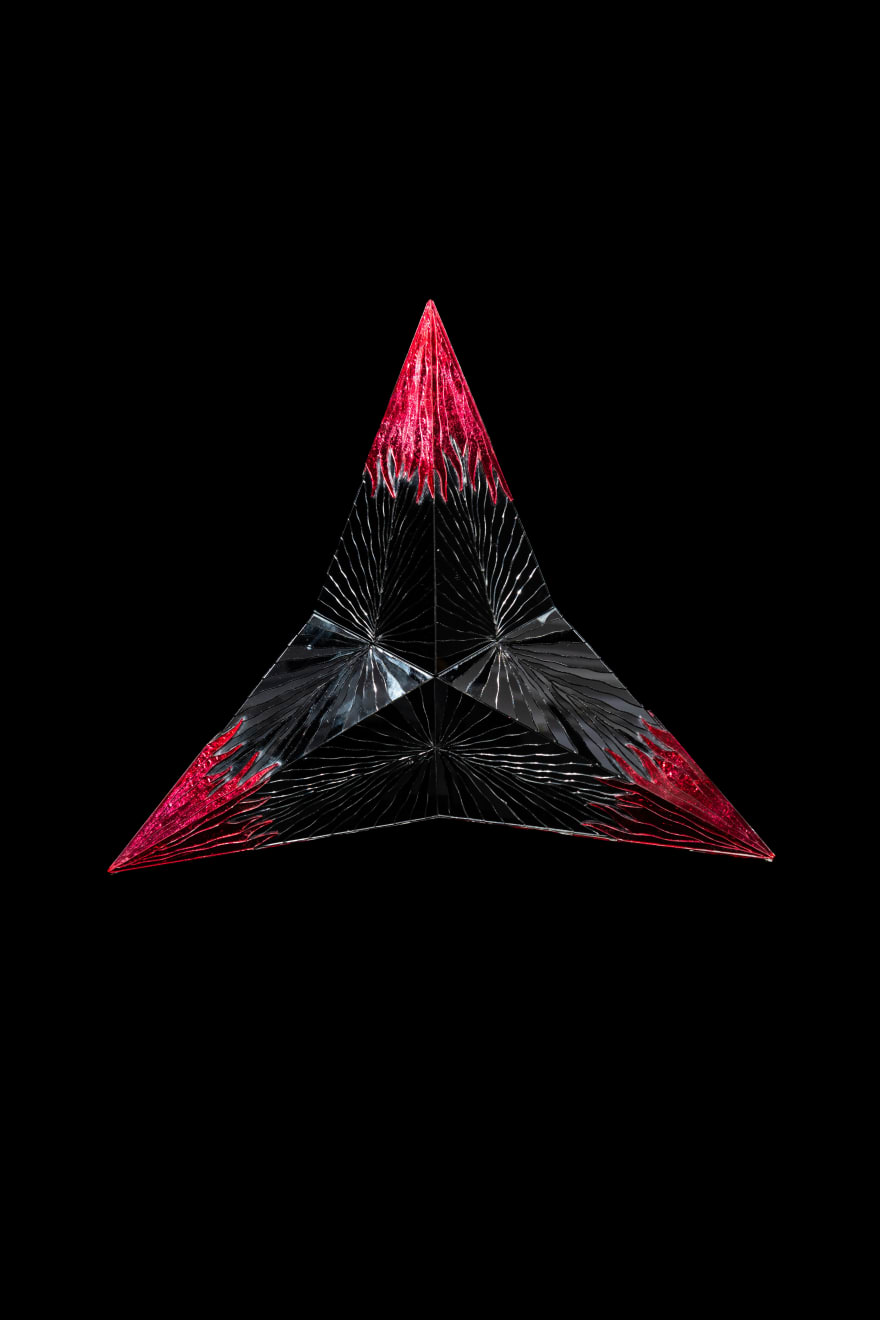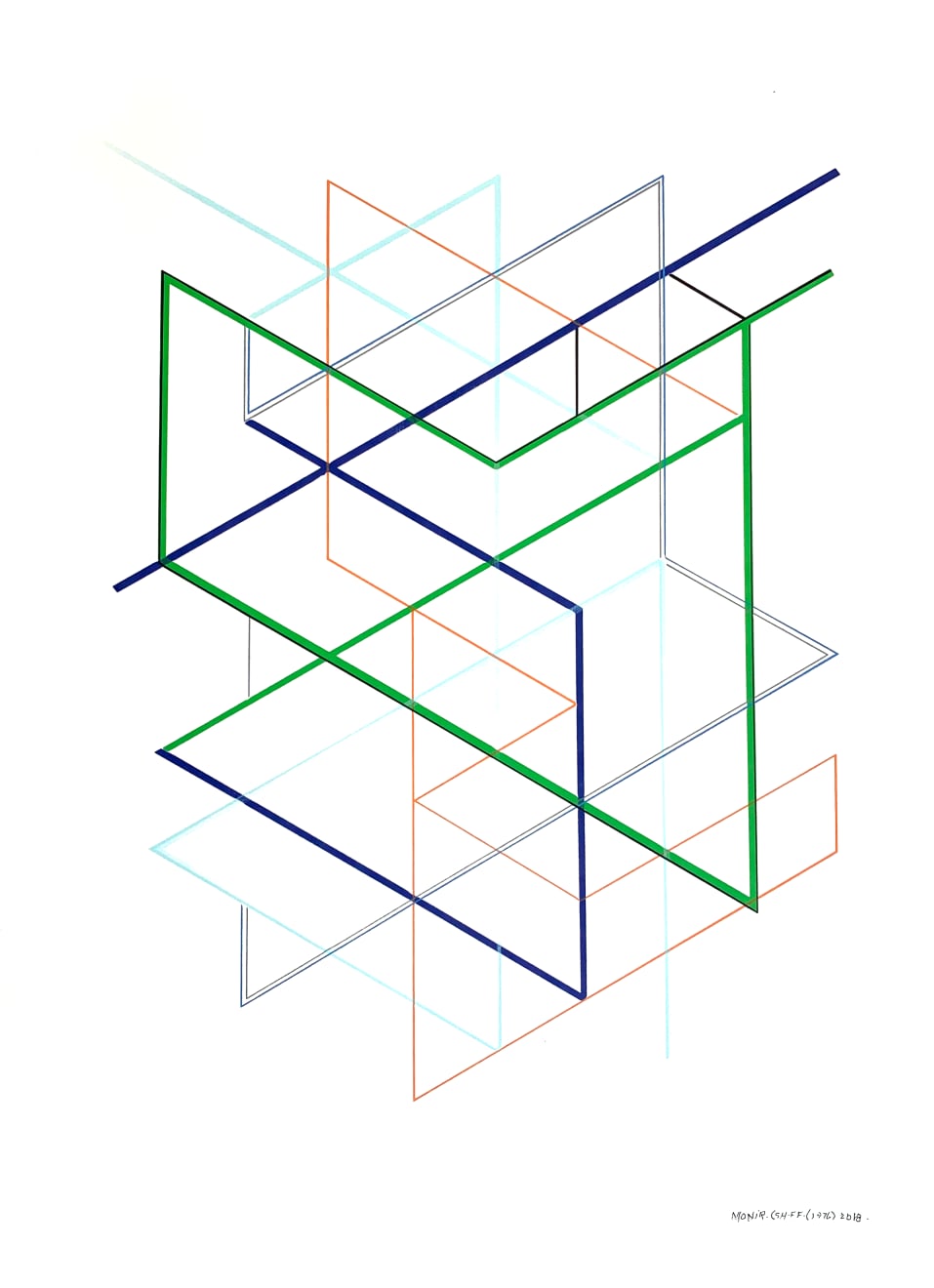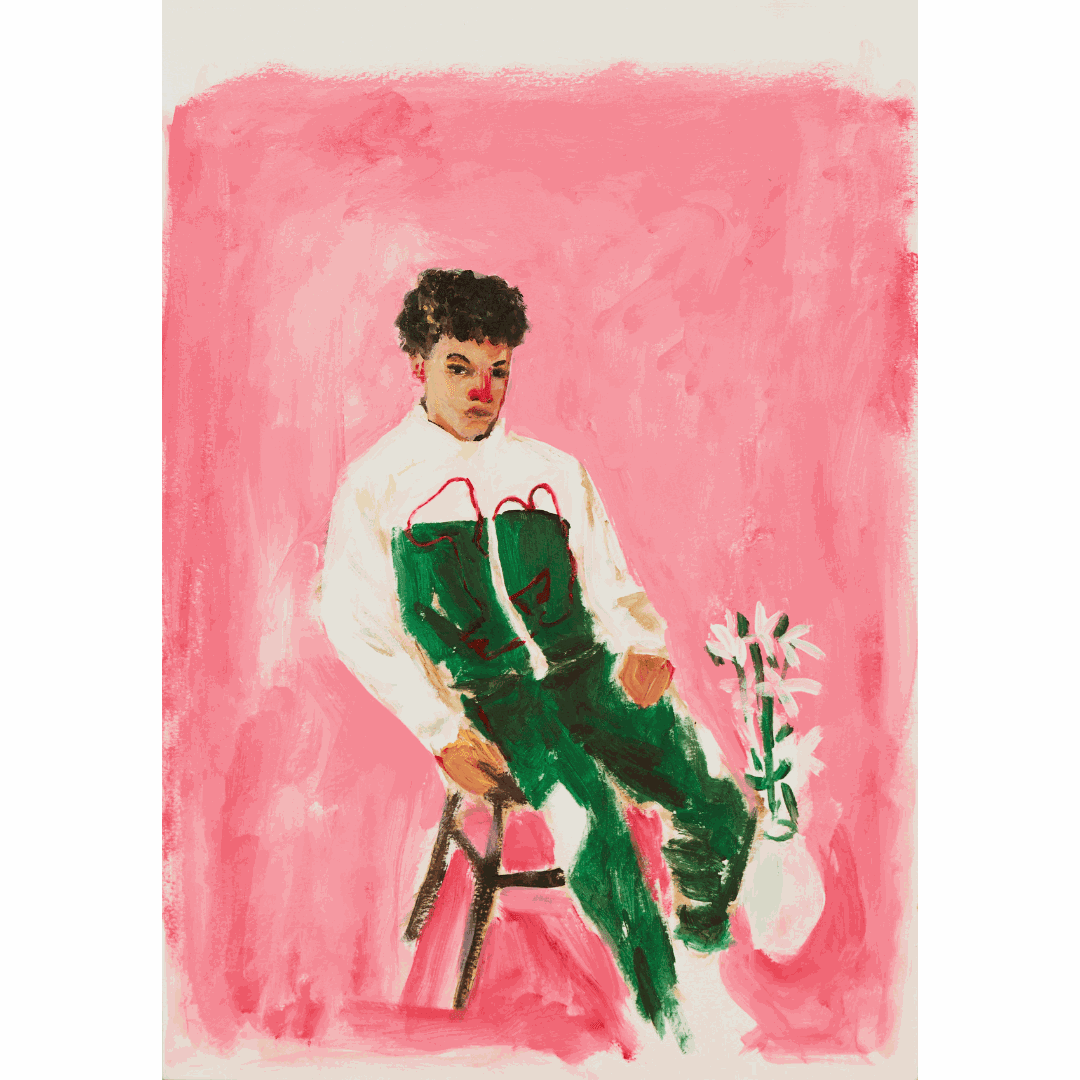Editions Art and Design Fair 2024
Preview: 6th November 2024
The Third Line and The Third Line Shop are pleased to participate in the first-ever Editions Art and Design Fair 2024. The gallery will present a selection of works by Farah Al Qasimi, Hassan Hajjaj, Lamya Gargash, and Taher Asad-Bakhtiari. The Third Line Shop will present limited edition prints by Anuar Khalifi, Kamran Samimi, Monir Shahroudy Farmanfarmaian, Nima Nabavi, Rhea Karam, Vian Sora and furniture by Local Industries.
The Third Line section:
Originally commissioned by The National Pavilion of the United Arab Emirates for the 2021 Venice Architecture Biennale, Farah Al Qasimi subtly incorporates traces of the human form within the expansive Al Ruwais sabkhas – salt flats notable for their scale, cultural significance, and ecological complexity. The images illustrate the tension between industrialisation and nature, juxtaposing individuals with industrial structures to capture moments of conflict and resolution.
Hassan Hajjaj’s work blends Moroccan cultural references with a contemporary, hip-hop aesthetic. The works are framed using materials such as wood, tyres, and plastic mats, feature bold patterns—like red diamonds on turquoise—that reflect traditional Moroccan design. These works, which capture a mix of urban settings and everyday life, juxtapose global consumer symbols with local heritage. By merging traditional patterns and materials with global influences, Hajjaj offers a unique commentary on identity, consumerism, globalisation and cultural hybridity.
For the first time, Lamya Gargash's photographs of Lebanon are being presented, offering a glimpse into her practice that revolves around inhabited and abandoned spaces, as well as cultural heritage amidst rapid changes. Her focus delves into modernity, mortality, identity, and the mundane, capturing the traces of human presence. These Lebanon images reflect transitions, exploring spaces forgotten or altered by time. Her work is characterised by a subtle interplay of nostalgia, restlessness, and the quiet beauty of overlooked moments.
Taher Asad-Bakhtiari, a self-taught artist and designer, has developed a unique practice that combines traditional Iranian craftsmanship with contemporary design. The grandnephew of the late artist Monir Shahroudy Farmanfarmaian, Asad-Bakhtiari has continued working with the same master craftsmen who collaborated with her. His new series of work is an ode to his great aunt and the craftsmen she worked with, blending traditional techniques with his distinctive vision. Bakhtiari’s intricate and collectible mirror mosaic boxes serve as both an artistic tribute and a practical space to store small, precious items. These works feature intricate, reflective designs that honor the rich tradition of mirror mosaics while offering a modern take.
The Third Line Shop section:
Anuar Khalifi’s new limited-edition print showcases his signature style, blending traditional and contemporary elements. His work often engages with themes of identity, duality, and the lingering effects of colonialism, using vibrant colours and symbolic imagery to create thought-provoking narratives about modern life.
Kamran Samimi’s Broken Column (2024) print, hand-printed through traditional relief techniques, explores the decomposition of stone to reflect themes of impermanence and resilience. His minimalist approach, inspired by natural forms, connects physical materials with abstract concepts, inviting contemplation on the intersection of time and transformation.
Untitled 1976, (2018) is the only existing signed limited edition print by the internationally acclaimed artist Monir Shahroudy Farmanfarmaian to date. In this work, Monir explores the possibilities and dynamism of geometric compositions. Inspired by Iranian architecture, the artist breaks down complicated geometric forms into a fine minimalist composition. The strength in this work lies in the simplicity and confidence of line as well as succinct use of colour. This limited edition is made of a drawing dating 1976, an artistically fruitful period for Monir as she started to explore working with mirror mosaics and marks a pivotal part in her career.
Nima Nabavi's practice is driven by a mathematical approach to intricate geometries. Inspired by the geometric art of his late grandfather, Nabavi creates works that reflect a contemplative execution of lines and forms. His pieces are characterized by precise, repeated patterns, often created using multicolored ink pens. Though his work may appear systematic, there is an artistic depth that emerges from the tension between control and creativity.
Rhea Karam’s artistic practice focuses on deconstructing urban landscapes, particularly the role of public walls in shaping daily life. Through her work, she explores themes such as history, displacement, identity, communication, architecture, and the environment. Though primarily photographic, Rhea also incorporates painting, silkscreen, and wheat pasting into her art, showing a keen interest in creating limited edition artist books. Her All Roads Lead To You series reflects this diverse approach, offering thought-provoking commentary on the urban experience. Currently living and working in New York, Rhea’s art fosters a deeper understanding of our surroundings and the impact of public spaces.
Local Industries, founded in (2011) by Elias and Yousef Anastas, integrates traditional Palestinian craft techniques with modern design to create functional, high-quality furniture. By collaborating with local artisans, their process blurs the lines between design and production, ensuring that the craftsmanship remains adaptable to contemporary standards without losing its heritage.
Vian Sora’s new limited-edition print, produced for her solo exhibition House of Pearls at The Third Line, is a detail from her painting Last Sound (2022), oil and mixed media on canvas, part of the permanent collection at the Baltimore Museum of Art. The title Last Sound references the belief that the final sound from one’s past continues to resonate in the present. Through abstraction, Sora explores themes of memory, transformation, and the ongoing process of becoming.






